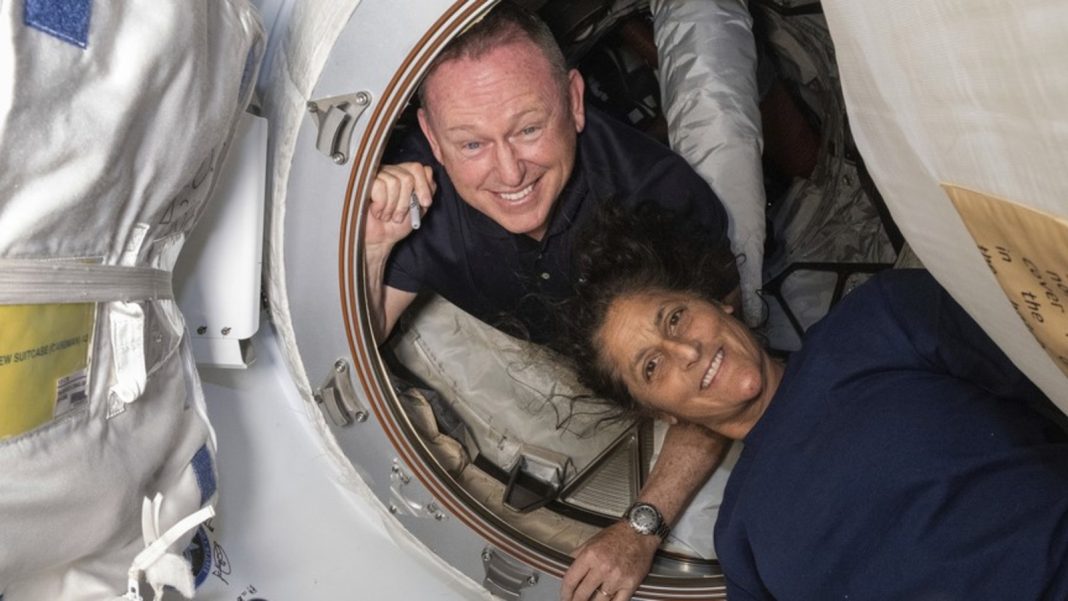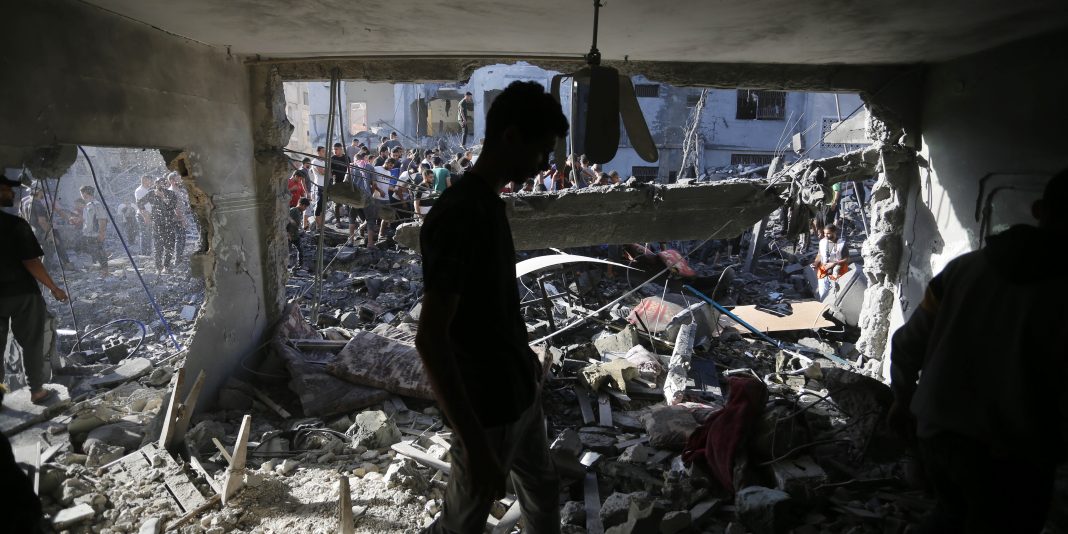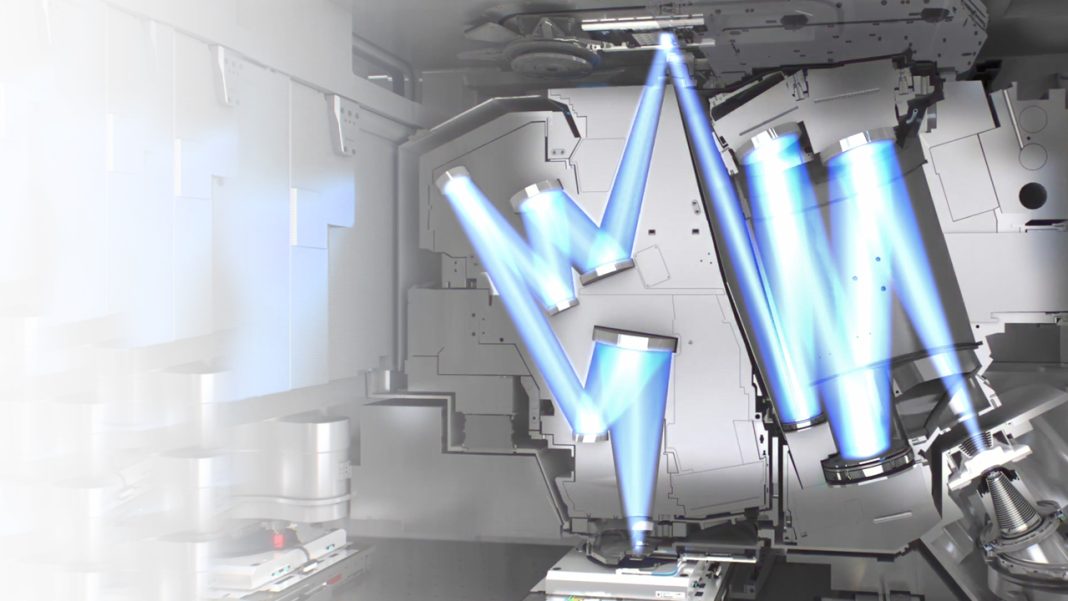Title: NASA Wrestles with Return Plans for Astronauts Stranded on International Space Station
Introduction:
NASA is facing a dilemma regarding the return of two astronauts, Butch Wilmore and Suni Williams, who have been on the International Space Station (ISS) for an extended period due to delays with Boeing’s Starliner capsule. This article will delve into the issues surrounding Boeing’s Starliner, the astronauts’ current situation, potential return plans, and the implications for future space missions.
Boeing’s Starliner Troubles:
Boeing’s Starliner has encountered several problems, leading to concerns about its safety and reliability. Prior to Wilmore and Williams’ mission, the capsule experienced a helium leak and subsequent propulsion-related plumbing issues. Despite these setbacks, Boeing and NASA proceeded with the test flight. However, upon approaching the space station, four additional leaks and five failed thrusters further compromised the mission. The root cause of these malfunctions remains unknown, raising concerns about the crew’s safety during the return journey.
Astronauts’ Current Situation:
While some may describe Wilmore and Williams as stranded, NASA emphasizes that they are safe and well-supplied aboard the ISS. In case of an emergency, the astronauts can utilize Starliner as a lifeboat. The former NASA executive, Scott Hubbard, describes the astronauts as “kind of stuck” but not stranded, highlighting the distinction. The crew continues to perform their duties and contribute to ongoing research activities on the space station.
Return Plans and Potential Delays:
NASA is considering two options for the astronauts’ return: utilizing Starliner or waiting for a SpaceX mission. If NASA chooses SpaceX, Wilmore and Williams would transfer to the SpaceX Dragon capsule, while Starliner would be released to make space for another U.S. capsule. However, this plan would necessitate Wilmore and Williams remaining on the ISS until February, as station missions typically last at least six months. This situation echoes past instances where astronauts’ stays were extended due to unforeseen circumstances.
Astronauts’ Perspective:
Wilmore and Williams, both experienced NASA astronauts, maintain a positive outlook regarding their extended stay. They entered this test flight with the intention of learning more about Starliner’s operations and have remained confident in the ongoing testing efforts. While their thoughts on an eight-month stay have not been publicly shared, their prior experience and dedication to their work provide reassurance.
Supplies and Resources:
Upon launching, Wilmore and Williams had to rely on spare clothes already on the ISS, as their suitcases were removed to accommodate essential equipment. However, a recent supply ship delivered their clothes, additional food, and science experiments for the entire crew. The space station has its own oxygen-generating systems, but NASA aims to return to normal operations promptly to avoid any long-term impact on resources.
NASA’s Commitment to Boeing:
Despite the setbacks, NASA remains committed to using Boeing’s Starliner for future crewed missions to the ISS. The agency’s decision to have multiple providers, including SpaceX, ensures a backup option in case of grounding or technical issues. NASA views Boeing’s success as crucial for cost-effectiveness, safety, and maintaining options for space travel. The goal is to have regular crewed missions with both Dragon and Starliner capsules until the ISS is retired in 2030.
Boeing’s Response:
Boeing maintains confidence in Starliner’s capabilities and flight rationale, asserting that the capsule can safely bring the astronauts home. However, the company acknowledges that it will follow NASA’s decision, even if it means returning the capsule empty. Boeing has faced multiple issues with Starliner in the past, including software problems that necessitated repeating the initial flight test. Despite the setbacks, Boeing remains dedicated to identifying and fixing the problems to restore confidence in their spacecraft.
Conclusion:
NASA finds itself in a challenging position as it determines the best course of action for the return of astronauts stranded on the ISS due to issues with Boeing’s Starliner. While the astronauts are safe and well-provisioned, their return plans are uncertain. NASA must carefully assess the risks and consider alternative options, such as utilizing SpaceX’s Dragon capsule. The outcome of this decision will have significant implications for future space missions and the reliability of commercial crew transportation to and from the ISS.


